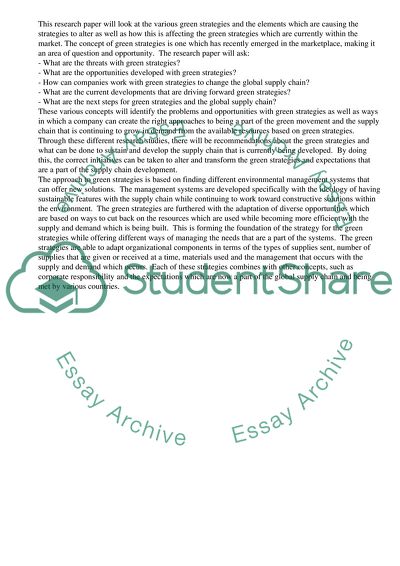Cite this document
(“What Happens in Smart Cars Reflects Shifts That Occur in Global Supply Research Paper”, n.d.)
What Happens in Smart Cars Reflects Shifts That Occur in Global Supply Research Paper. Retrieved from https://studentshare.org/management/1587370-1literaturereview2000words-3topicchoices-2essaycasestudy1000words
What Happens in Smart Cars Reflects Shifts That Occur in Global Supply Research Paper. Retrieved from https://studentshare.org/management/1587370-1literaturereview2000words-3topicchoices-2essaycasestudy1000words
(What Happens in Smart Cars Reflects Shifts That Occur in Global Supply Research Paper)
What Happens in Smart Cars Reflects Shifts That Occur in Global Supply Research Paper. https://studentshare.org/management/1587370-1literaturereview2000words-3topicchoices-2essaycasestudy1000words.
What Happens in Smart Cars Reflects Shifts That Occur in Global Supply Research Paper. https://studentshare.org/management/1587370-1literaturereview2000words-3topicchoices-2essaycasestudy1000words.
“What Happens in Smart Cars Reflects Shifts That Occur in Global Supply Research Paper”, n.d. https://studentshare.org/management/1587370-1literaturereview2000words-3topicchoices-2essaycasestudy1000words.


